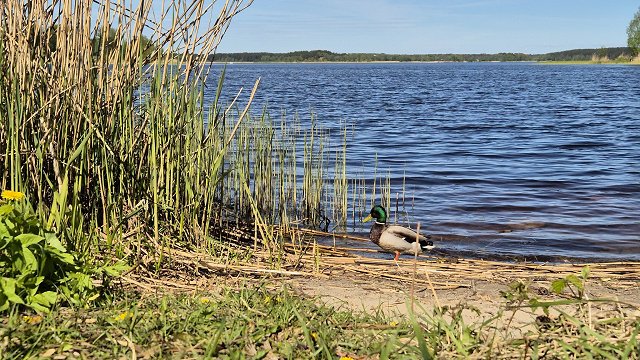The revised Renewable Energy Directive has revised upwards the EU’s 2030 renewable energy target from 32% to 42.5% (with an aim to increase it to 45%) – a target Latvia already meets. More than 50% of Latvia's gross electricity consumption (53.3%) came from renewable sources.

Among the EU Member States the share of energy from renewable sources in heating and cooling was more than half in Sweden (69.4 %), Estonia (65.4 %), Latvia (61.0 %), Finland (58.5 %), Lithuania (51.5 %) and Denmark (50.1 %).
However, when it comes to use of renewables in transport, Latvia performs poorly. The average share of energy from renewable sources in transport across the EU increased from 1.6 % in 2004 to 9.6 % in 2022. Among the EU Member States, the share of renewable energy in transport fuel consumption ranged from highs of 29.2 % in Sweden and 18.8 % in Finland down to less than 5 % in Croatia (2.4 %), Latvia (3.1 %) and Greece (4.1 %).
Sweden leads among EU countries, with nearly two-thirds (66.0%) of its gross final energy consumption in 2022 derived from renewable sources. Sweden relied primarily on hydro, wind, solid and liquid biofuels, as well as heat pumps.
Finland (47.9%) followed, also relying on hydro, wind and solid biofuels, ahead of Latvia (43.3%), which depended mostly on hydro.
Both Denmark (41.6%), followed by Estonia (38.5%), got most of the renewables from wind and solid biofuels. Portugal (34.7%) relied on solid biofuels, wind, hydro and heat pumps, while Austria (33.8%) utilised mostly hydro and solid biofuels.
The lowest proportions of renewables were recorded in Ireland (13.1%), Malta (13.4%), Belgium (13.8%) and Luxembourg (14.4%).
In total, 17 of the 27 EU members reported shares below the EU average of 23.0% in 2022.





























